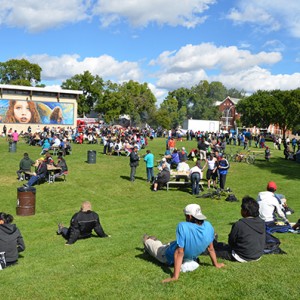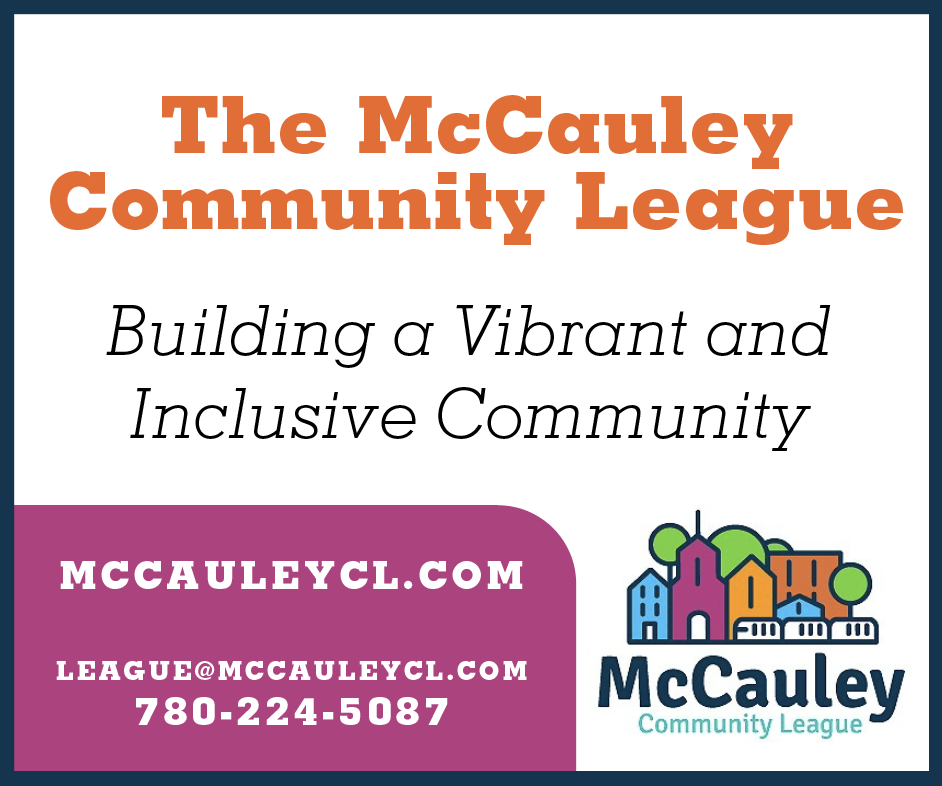Lack of Consultations
October is the scariest month of the year. So let’s start with a word that’s struck terror through many central Edmonton neighbourhoods of late: Mega-Shelter!
But first things first. Have you renewed your League Membership for 2012/2013? Without a current membership you will not be getting access to the Commonwealth Rec Centre every Saturday from 5-7 p.m. Email, phone, or Facebook us; come to a League Meeting (third Thursday of every month – basement of Zocalo); or, purchase a membership from our fine friends at Zocalo. Membership is still only $5.
Now, back to all things Mega and problems of consultation. Unfortunately, we seem to be in a situation where things are being done “to us” rather than “with us”. We are not special in this regard as this is a complaint I’ve been hearing from many community leagues dealing with developments and consultation, but the scale of the projects (and therefore the potential neighbourhood impacts) we are facing are substantially larger.
The Royal Alberta Museum (RAM) is an example of lack of consultation with a plan being developed by the Provincial government and a land sale/swap arranged between the City, Federal Government, and the Province with no consultation. We are now seemingly stuck with a design that largely turns its back on us; captures none of the opportunities offered by the 97 street entryway to our neighbourhood; and, uses a potentially prime downtown redevelopment site for a surface parking lot and postal distribution center (not to be confused with a post office). So much opportunity is left on the table by not talking openly with the primary stakeholders of the area – us, the residents.
Epcor Tower is instructional recent history. Consultation with us did not occur on this, while the land involved was conveniently scooped from the neighbourhood and added to Downtown. Users of the building do not have ready access to the amenities that Chinatown offers. We do not have ready access to the opportunities the building offers, and our local business cannot take full advantage of the building’s commuter population. A potential win-win-win was largely squandered because a critical part of the discussion was missed in the early planning stages.
The Arena entertainment complex threatens to be a similar problem. Executed well, this project could be great but it could also be a massively impactful waste of money. So far, some consultation has occurred but always through the City as intermediary and with a narrow focus that makes many of us uncomfortable.
While consultation can be challenging for both sides it is almost always time well spent. It can be wonderfully collaborative, inviting, and productive. Change, development, and progress are processes that require open communication and honest consultation.
More tangible than a rumour but less than a reality is the Performing Arts Center. The intent seems to be a permanent home for Edmonton Opera and the Alberta Ballet, plus additional performing arts spaces, and community spaces. The location seems intended to be partially on the Station Lands project area and extending onto the fenced off Public School Board lands in the center of Chinatown. This is potentially exciting but will have impacts to our neighbourhood. Have we been asked if we would like this in our neighbourhood or what we would like out of a facility like this? The answer is no.
The last of the Mega project rumours is a 24/7 facility or Mega-Shelter. The following response is from Jay Freeman, Executive Director of the Edmonton Homeless Commission: “As I have said previously, at this stage the two shelters (Herb Jamieson Centre and George Spady Centre) in conjunction with their landlord, the Province, are undertaking an internal evaluation of their existing structures to determine if their existing buildings can be renovated to better serve their clientele, staff, and surrounding community or whether new facilities are needed. Once that evaluation is completed and provided there are funds to act on that evaluation we would most certainly consult with the community.” Mr. Freeman’s answer seems reasonable enough but certainly left me wondering: how do you evaluate how something would “better serve the surrounding community” without consulting with that community?
While consultation can be challenging for both sides it is almost always time well spent. It can be wonderfully collaborative, inviting, and productive. Change, development, and progress are processes that require open communication and honest consultation. Better projects, better neighbourhoods, and better cities occur when that type of honest discussion can exist. As a City we are failing in this. As a neighbourhood we are being denied this opportunity.







